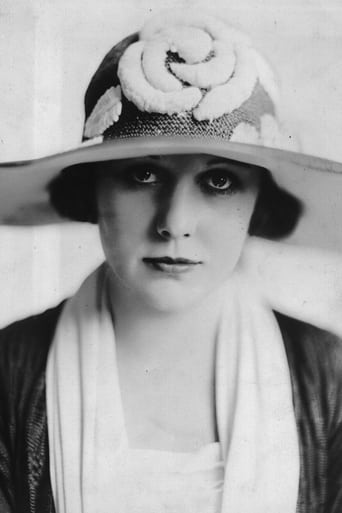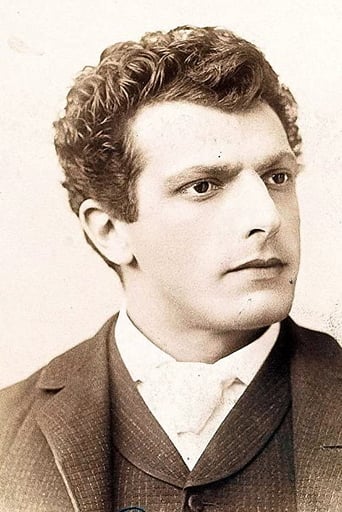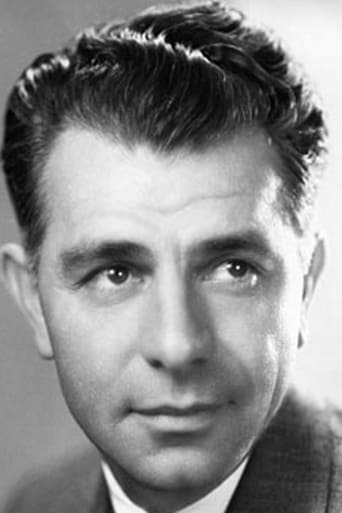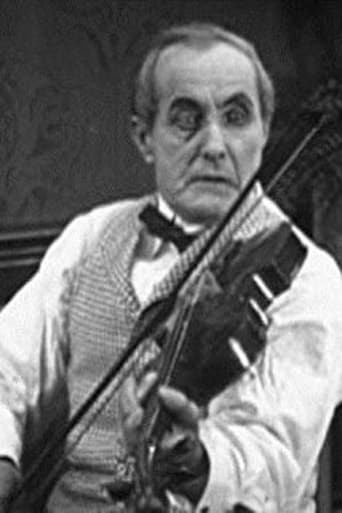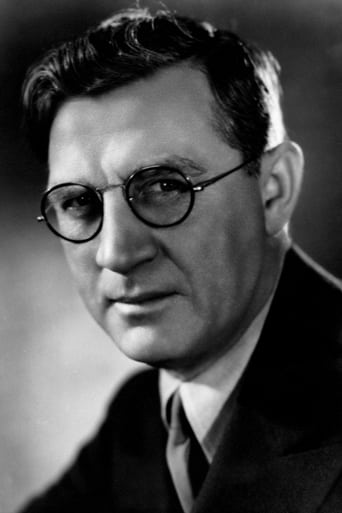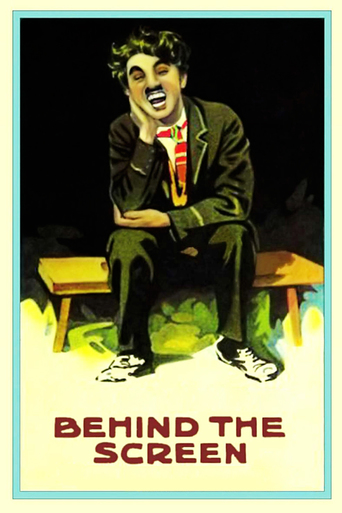
Behind the Screen
November. 13,1916During the troubled shooting of several movies, David, the prop man's assistant, meets an aspiring actress who tries to find work in the studio. Things get messy when the stagehands decide to go on strike.
Similar titles
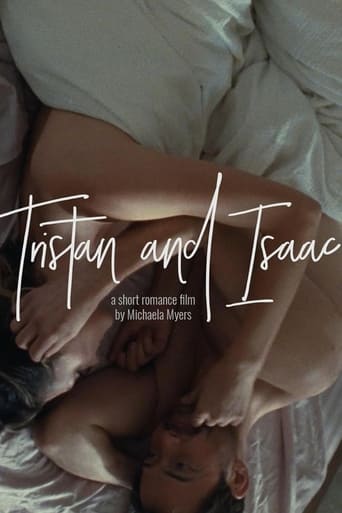

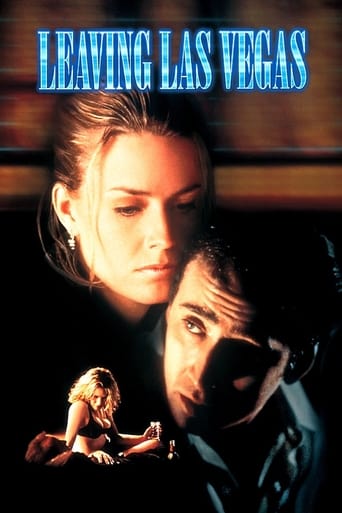
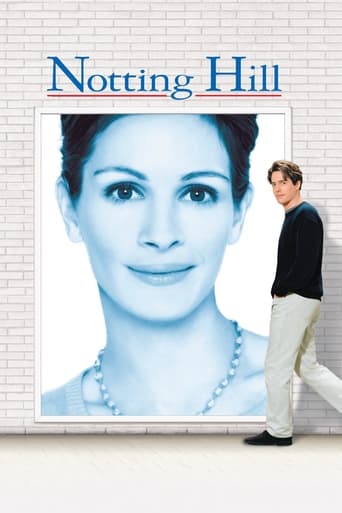
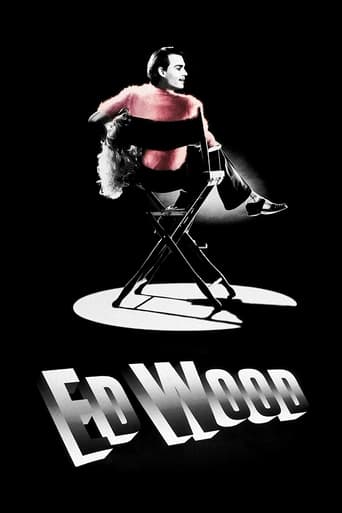
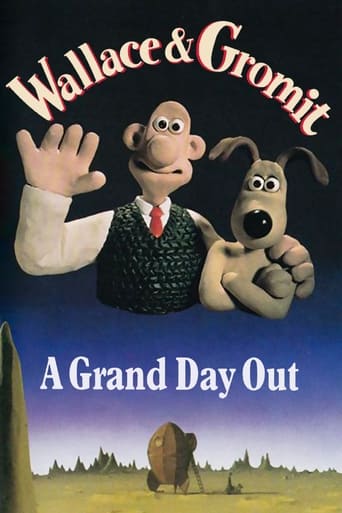
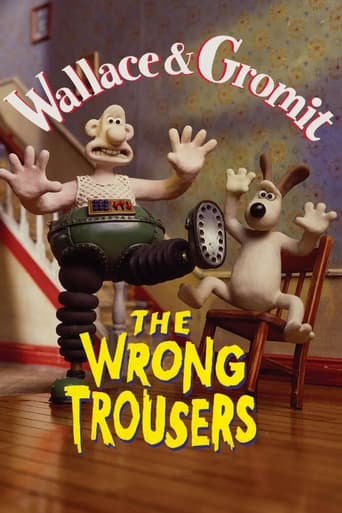
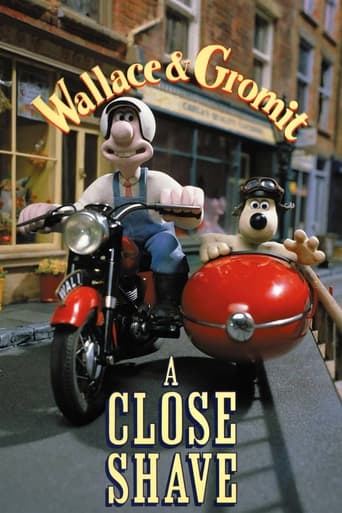
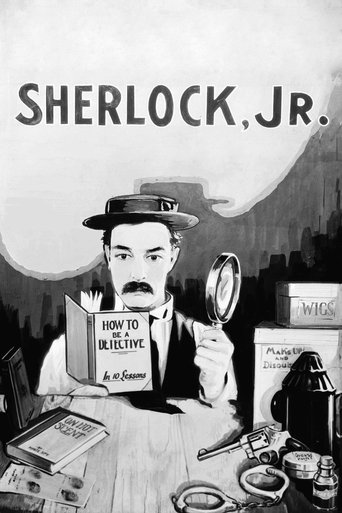
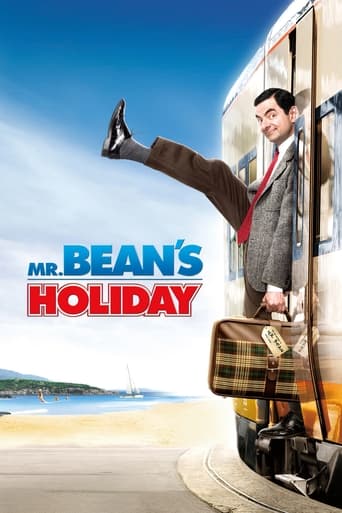
Reviews
If you don't like this, we can't be friends.
I really wanted to like this movie. I feel terribly cynical trashing it, and that's why I'm giving it a middling 5. Actually, I'm giving it a 5 because there were some superb performances.
It's an amazing and heartbreaking story.
The film's masterful storytelling did its job. The message was clear. No need to overdo.
Gags made on the sake of film studios at such an early time is really something. There are a lot of memorable and I would say iconic moments, the chair moving scene, lunch scene, kissing scene etc are so great. But at the same time, this must be one of the most politically incorrect of the shorts I have seen of Chaplin being racist, homophobic and ironically showing hard work of a labourer getting no recognition and unions strike for nothing and being anarchists. Still considering the time it can be given a little slack.
It's lowbrow slapstick and they knew it, with one of the actors walking off the set after a pie throwing scene saying, "I don't go for this highbrow stuff."Still, thank God for the pie throwing sequence, for its the only genuinely humorous sequence here - with the two "actors" - Charlie and his senior - going against script and throwing pies at each other out of contempt. Elsewhere there are a few chuckles, Chaplin brushing the bear rug's hair for the sets finishing touches comes to mind, but in the early sequences with the totem pole and the trap door, you can see the jokes coming a mile away. Later in his career - in films like 'Pay Day' and 'City Lights' - to name a couple of examples, Chaplin would set up an obvious trap for a slapstick comedian to fall into, but would cleverly find ways to avoid it, thus maintaining the element of surprise. No such cleverness is present here however, and they fall into that trap over and over again.This kind of silliness is run of the mill for 1910's comedy and Chaplin could have written this stuff in his sleep.
Behind the Screen stars Charlie Chaplin as a stagehand on a movie set. Chaplin is overworked and under-appreciated and his boss (Eric Campbell) spends most of the time asleep, leaving Chaplin to do the heavy lifting. Meanwhile a young woman (Edna Purviance) is trying to get her big break as an actress but is turned down so dresses up as a male stagehand in order to have at least some involvement in the movies. At the same time the fellow stagehands go on strike for being woken up by a studio boss and plot their revenge This isn't one of the funniest Mutual shorts but it certainly has one of the better plots. It's multi layered and features side plot as well as the main narrative. It is also an opportunity to see behind the scenes of an early movie set in much the same way as His New Job, Chaplin's first film for Essanay a year earlier. What the film is most famous for now though is its forthright joke about homosexuality, a subject which was barely mentioned in cinema for another fifty years.The scene in question comes late on when Chaplin discovers that the new stagehand is actually a woman. In a cute scene, Chaplin sneaks a couple of pecks on the lips. The start of a romantic relationship is interrupted though by the appearance of Eric Campbell who not knowing Edna Purviance is a woman, believes the two hands to be gay men. He starts prancing around in an effeminate way which today feels quite offensive. The fact that homosexuality was even mentioned though, no matter how insignificantly, was very bold. The same scene also features probably the defining image of the film, Chaplin's and Purviance's faces squished together, looking forward towards the camera, Chaplin with a trademark cheeky grin.In terms of comedy, the film is a little short. There are of course funny moments which include a use of a trap door and a pie throwing finale. For me the funniest scene came when the stagehands were eating lunch. Chaplin was sat next to a man eating onions and to escape the smell put on a knights helmet, lifting the visor briefly to stuff bread into his mouth. During the same meal Chaplin tries to steal the meat which the same man is eating and when discovered, pretends to be a begging dog. There is plenty of slapstick to be found here also with large props producing most of the laughs. One fantastic act sees Chaplin pick up about eleven chairs and sling each one over his arm, giving him the appearance of a hedgehog or porcupine. This isn't enough for the poor stagehand as in his other arm he also carries a prop piano. It's very clever and looks incredibly difficult. The scene felt familiar to me but I don't know if that's because Chaplin repeated the stunt for a later film or because I've seen that clip before.One interesting thing about Behind the Screen is getting a glimpse of an old movie set. A surprising aspect of this is finding two separate productions sharing the same stage. As noise made little difference to what the final picture looked like it was possible to have multiple movies being filmed in close proximity. Here Chaplin works on a set of what appears to be a medieval palace which is right next to a farcical comedy set in a police station. As you can probably guess, Chaplin ends up interrupting both at various times before completely destroying both towards the end. The final shot itself is also surprising in its violence. Although no blood, body parts or death was seen, it was still not what I was expecting to end a short comedy.www.attheback.blogspot.com
Charlie has various misadventures while working in the property department of a movie studio. For some reason, this film turned out to be the last of Chaplin's twelve Mutual shorts that I saw. I really looked forward to seeing it, thinking that Charlie would make the most of the studio location.Sadly, if only because of my sense of anticipation, I was a bit disappointed. I didn't find it as funny as the bulk of the other Mutual shorts. Despite a location rich in potential, I found the funniest moments in this film to be some of the smallest like Charlie trying to steal bites from Albert Austin's lunch. Still, the film retains interest as a behind the screen view of motion picture production circa 1916. (A superior and more concise view of the world of producing silent films can be found in 'Singing in the Rain' as Gene Kelly walks through a silent studio with the head of the studio.) To me, the most interesting thing about this film is Chaplin's hostile attitude toward the striking union workers. If he had made this film later in his career, the radical unionists might have been the good guys!
Top Streaming Movies















